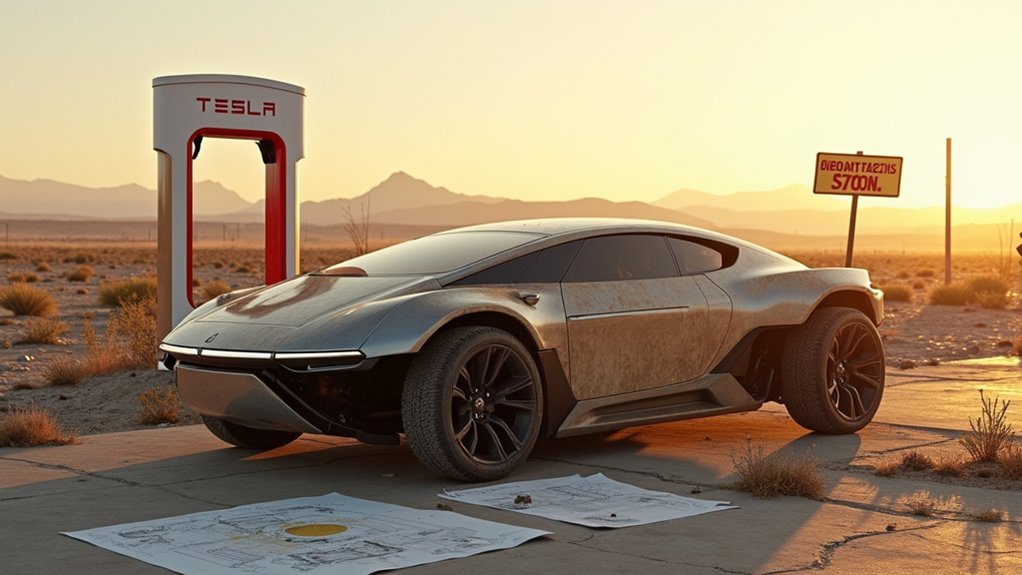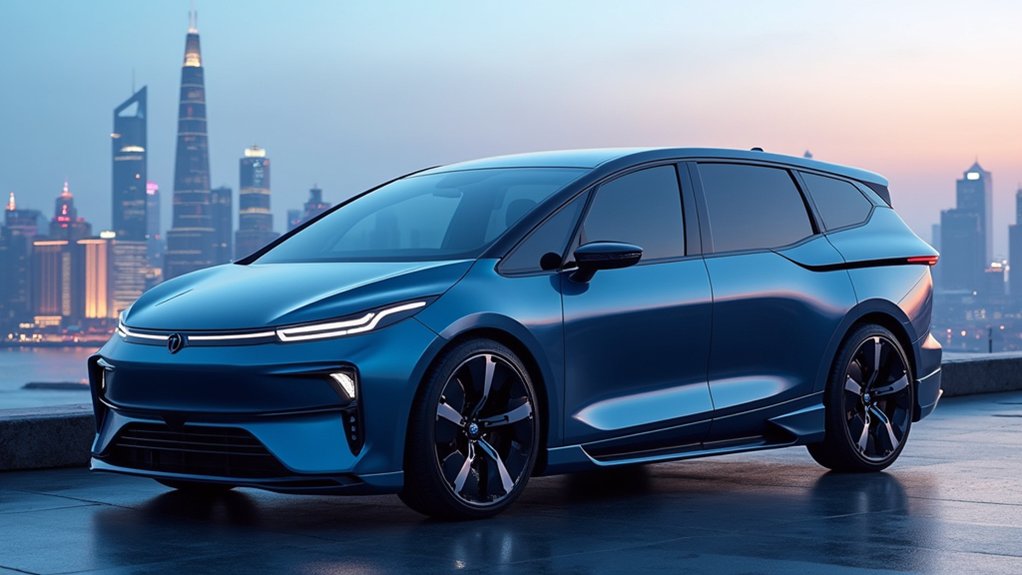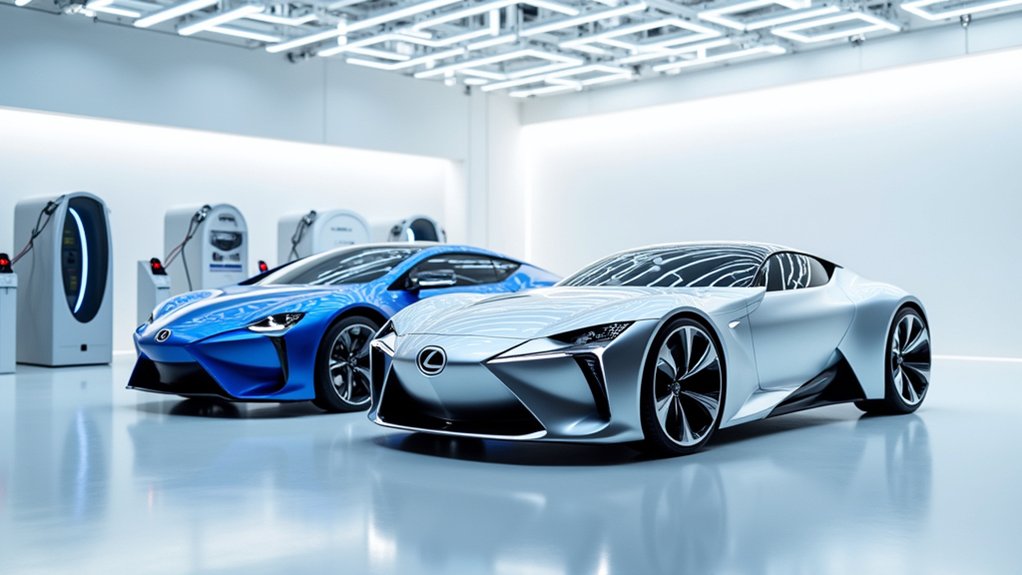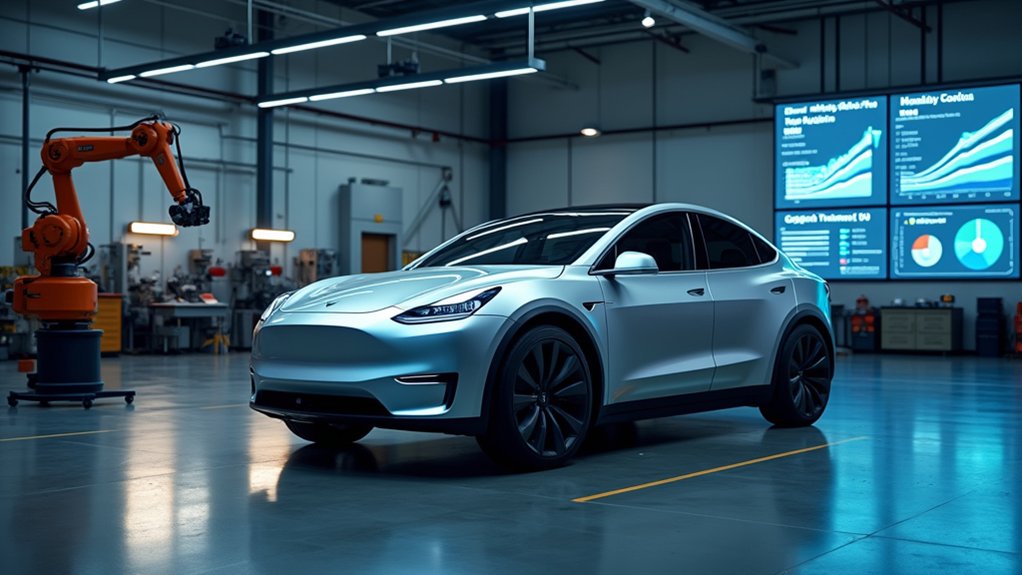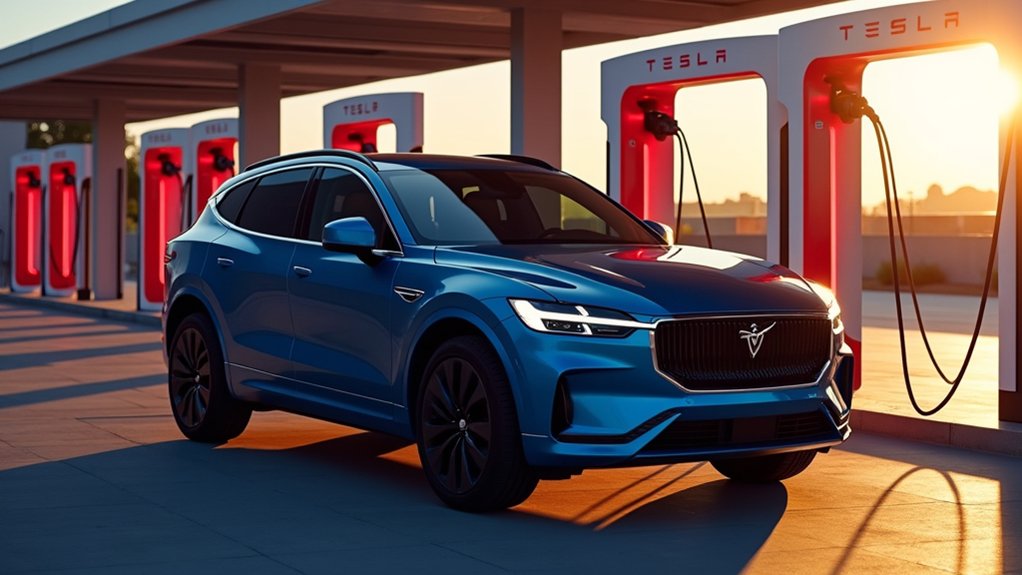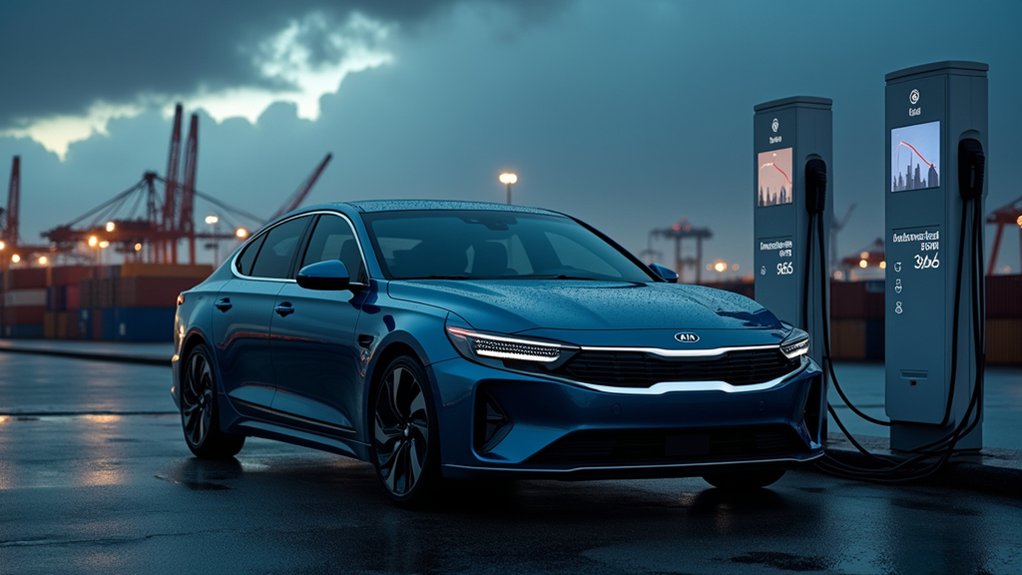Tesla has captivated the automotive industry with ambitious proclamations that consistently push the boundaries of what seems possible in electric vehicle technology. However, the gap between Elon Musk’s bold promises and actual delivery has become increasingly apparent over time. The company’s original vision of a $35,000 Model 3, announced in 2006 as part of Tesla‘s “Master Plan,” materialized only briefly before being quietly discontinued, with actual purchase prices typically ranging from $40,000 to $45,000.
The pattern continues with autonomy claims. Since 2016, Musk has repeatedly assured consumers that full self-driving capability was merely “a year away.” Yet today, Full Self-Driving (FSD) remains incomplete, requiring constant human supervision despite the premium price tag customers paid for this technology. I’ve observed that regulatory bodies increasingly challenge Tesla’s ambitious claims about Autopilot and FSD capabilities.
Perhaps most troubling is the robotaxi initiative, which has missed multiple launch dates. The rebranded “cybercab” concept recycles previous unfulfilled promises while offering little substantiation for claims that these vehicles would be 10-30 times safer than human drivers. Despite Musk’s 2020 projection of one million robotaxis on the road, the promised robotaxis failed to materialize by the deadline.
Production timelines tell a similar story, with the Model 3’s notorious “production hell” and Cybertruck’s extensive delays highlighting Tesla’s consistent inability to meet self-imposed deadlines. Musk’s original ambitious goal of a nearly fully automated production line proved problematic, as he later admitted excessive automation actually hindered Model 3 production.
Environmental commitments have likewise fallen short. The 2016 pledge to operate Gigafactories as net-zero facilities powered entirely by renewables remains largely unrealized, with significant gaps between sustainability marketing and operational realities. This contrasts sharply with industry trends where battery recycling programs now recover up to 95% of critical materials from old batteries.
Safety assertions face similar scrutiny. Tesla’s claims of superior vehicle safety have frequently been challenged by independent testers and regulatory authorities, raising questions about the company’s transparency.
While Tesla has unquestionably revolutionized the automotive landscape, forcing traditional manufacturers to accelerate their EV development, the company’s credibility suffers with each unfulfilled promise. Customers and investors alike now approach Tesla’s ambitious projections with growing skepticism, recognizing that the company’s bold vision often outpaces its ability to deliver.
